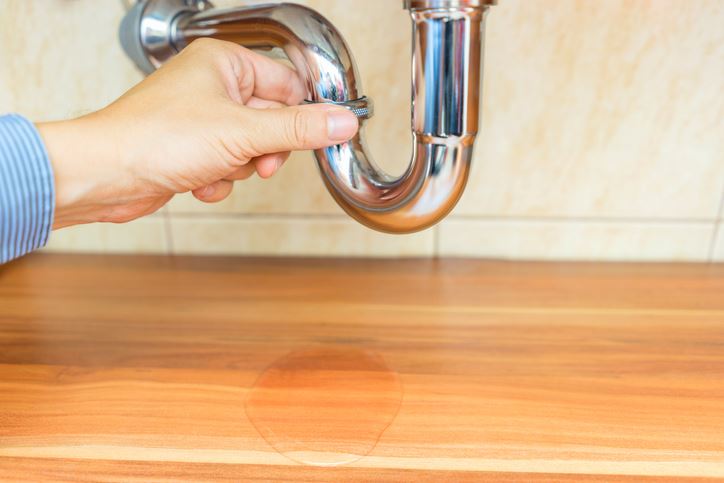
The best thing you could do for your plumbing is to properly attend to it every now and then. As a homeowner, you are the first line of defense for your plumbing system, which means plumbing companies like Blue Star look to you when it comes to reporting an issue. You can be ready when something happens by being aware of the signs and normalcies of your plumbing.
Why is it important to do your own plumbing inspection?
You might already know the answer to this one, but your home is made up of several complex systems that allow you to go about your daily routine without a problem. When one thing goes wrong, it could mean the whole system is due for a checkup.
You can keep the need for plumbing repairs and interruptions to a minimum just by performing your own plumbing inspection. Not to mention it’s a money saver!
How do you perform a plumbing inspection?
There are few main areas of your plumbing system you need to check during a DIY home inspection. The first is your bathroom’s plumbing. Your bathroom’s plumbing includes your sink, toilet, and shower. If you ever hear any unusual noises that result from running water, whether that might be a dripping or pounding sound, you should call in a professional plumber..
Another sign to look out for is puddles of water. In your bathroom, you can use a flashlight to peek under cabinets and around your toilet bowl and tank. Check for the following signs:
- Leaking water
- Dripping faucets
- Poor drainage
- Warped or damp floors
- Signs or smells of mold and mildew
Being aware of the problem is the first step to keeping your system in tip top shape. If you notice your connections are loose or corroded, your plumbing might be susceptible to a leak.
You’ll want to do a similar pattern of inspection in your kitchen and laundry room. In places like your garage or near your outdoor plumbing connections, you should also check your walls and ceilings for signs of water damage.
How often should you do your own plumbing inspection?
To keep track of any changes in your plumbing, we recommend a DIY inspection at the beginning or end of every season. With the unpredictable weather we experience in North Texas, our plumbing can be affected with every dramatic change in temperature. Otherwise, a professional plumber can perform a thorough inspection once every year.
There are other important steps to take in addition to your inspections. Check your water bill for spikes or abnormalities and be aware of any color changes in your water. If you notice your water starts to turn any form of red or brown, it means your pipes are rusting and the mineral deposit is affecting your water supply.
What’s next?
The next step in any home plumbing inspection is to determine what you can handle yourself and when to call a professional. Some issues require a quick fix like clearing a clogged drain, but for problems where you can’t pinpoint the cause, it’s best to call in the pros at Blue Star.
Our experts carry state-of-the-art equipment with them to every job, so they can identify hidden leaks and resolve the toughest of plumbing problems.
